3-CMC Powder: A Synthetic Stimulant with Euphoric
€9,99
Lorem ipsum dolor sit amet, consectetuer adipiscing elit. Aenean commodo ligula eget dolor. Aenean massa. Cum sociis natoque penatibus et magnis dis parturient montes, nascetur ridiculus mus.
3-CMC (3-chloromethcathinone) is a synthetic stimulant and research chemical that belongs to the cathinone class, a group of substances known for their stimulant and euphoric effects. Chemically related to mephedrone (4-MMC) and methylone, 3-CMC has gained attention for its ability to induce feelings of euphoria, increased energy, and enhanced sociability. Available in powder form, 3-CMC is often used by individuals looking for a short-term boost in mood and mental alertness. While it is often marketed as a legal high, it is important to note that the long-term effects and safety of 3-CMC remain largely unknown due to the lack of sufficient research.
What is 3-CMC?
3-CMC is a fluorinated analogue of methcathinone, a substance with similar stimulant properties to amphetamine and cocaine. It has a chlorine atom attached to the third position on the aromatic ring of the methcathinone molecule. This chemical modification enhances its potency and alters its effects on the dopamine, serotonin, and norepinephrine systems in the brain. Similar to other cathinones, 3-CMC works primarily by inhibiting the reuptake of these neurotransmitters, leading to heightened alertness, euphoria, and stimulation.
Effects of 3-CMC
When ingested, 3-CMC produces a range of stimulant effects, which can vary depending on the dose, individual tolerance, and environment. Some of the most common effects include:
- Euphoria and Mood Enhancement: One of the most prominent effects of 3-CMC is its ability to induce feelings of euphoria, well-being, and uplifted mood. Many users report feeling more sociable, confident, and positive when using the substance.
- Increased Energy and Stimulation: 3-CMC can provide a notable boost in energy, making users feel more alert and motivated. It can help combat fatigue and improve physical performance, especially in high-stress or social settings.
- Enhanced Sociability: Similar to other stimulants, 3-CMC can increase talkativeness, openness, and sociability, leading to improved interactions in social environments. This makes it appealing for those looking to enhance social experiences.
- Improved Focus and Cognitive Function: Many users report enhanced mental clarity and focus, which can improve performance in tasks that require concentration, such as studying or working.
Risks and Side Effects
Despite its appealing effects, 3-CMC carries several risks and potential side effects:
- Cardiovascular Effects: As with other stimulants, 3-CMC can increase heart rate and blood pressure, which can pose risks for individuals with underlying heart conditions or hypertension.
- Anxiety and Restlessness: Higher doses or prolonged use of 3-CMC may lead to feelings of anxiety, nervousness, and restlessness. Some users also report feeling jittery or on edge after using the substance.
- Overstimulation: At high doses, 3-CMC can lead to overstimulation, which may cause symptoms such as insomnia, sweating, headaches, and dehydration. In extreme cases, excessive use can result in agitation or paranoia.
- Addiction Potential: As a stimulant, 3-CMC has the potential for misuse and dependency. Tolerance can develop quickly, leading some users to increase their dosage to achieve the same effects. This can increase the risk of developing psychological dependence.
- Neurotoxicity: There is limited research on the long-term effects of 3-CMC, but as with other synthetic stimulants, prolonged use or high doses may pose risks to brain health, leading to neurotoxicity or cognitive impairment.
Legal Status
The legal status of 3-CMC varies by country. In many regions, 3-CMC is not explicitly regulated, but it may fall under analog drug laws or be banned as a controlled substance due to its chemical similarity to other regulated stimulants. It is important for users to check local laws and regulations before purchasing or using 3-CMC.
| Aantal Gram | 1 Gram, 2 Gram, 5 Gram, 10 Gram, 20 Gram, 50 Gram, 100 Gram, 250 Gram, 500 Gram, 1000 Gram |
|---|
Wees de eerste om “3-CMC Powder: A Synthetic Stimulant with Euphoric” te beoordelen Reactie annuleren
Gerelateerde producten
Research Chemicals
LYSERGAMIDES
1D-LSD
ARYLCYCLOHEXYLAMINEN
2 MMC

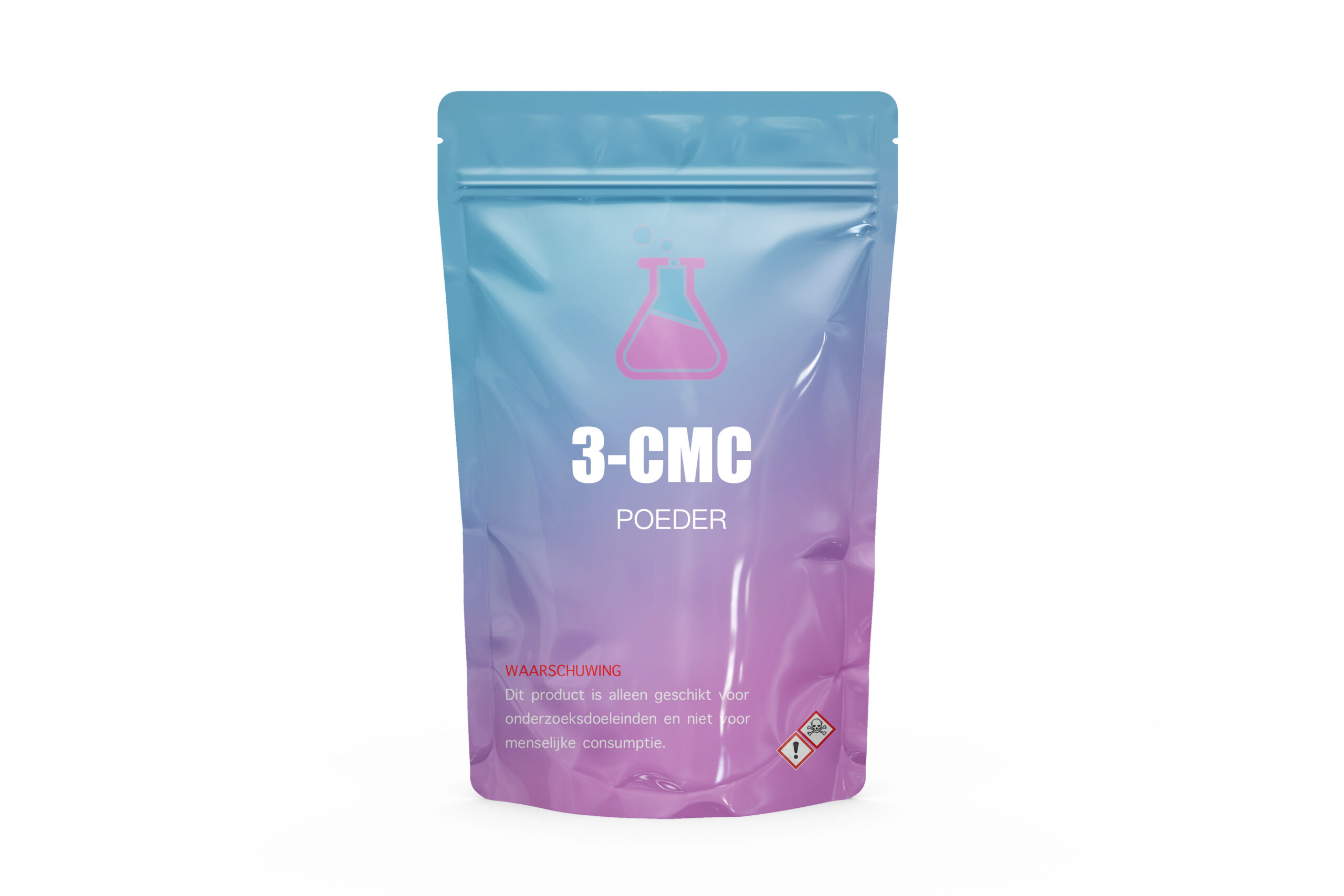

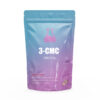
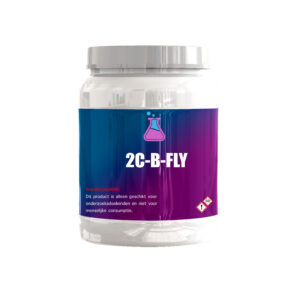


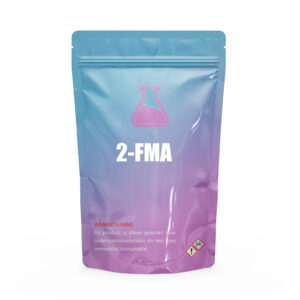
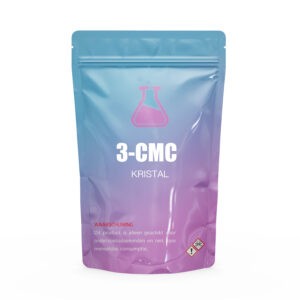
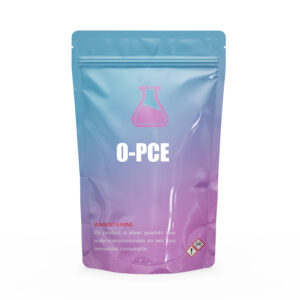


Beoordelingen
Er zijn nog geen beoordelingen.